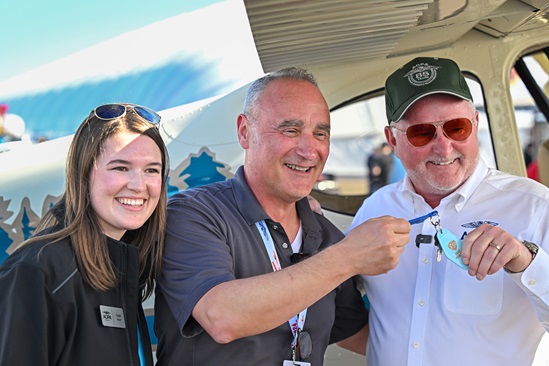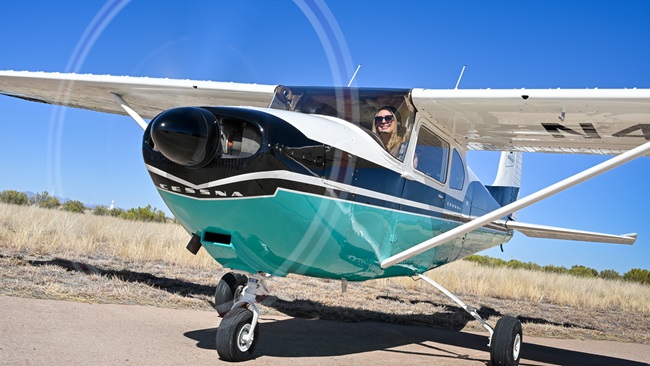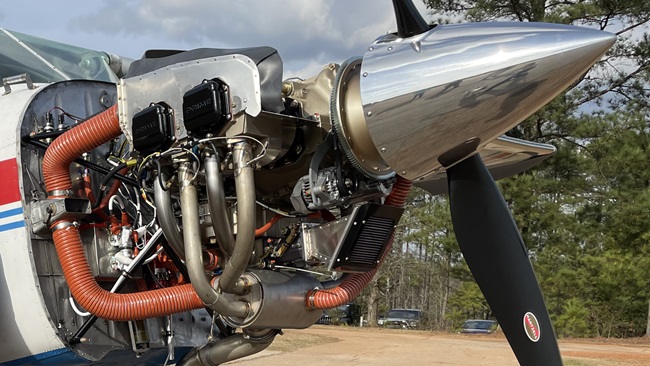Super Cub Sweepstakes: Smooth ride
Lycoming O-320 to power AOPA Sweepstakes Super Cub

Engines are a common modification for Super Cubs. Pilots are always looking for more power and performance, and whether flying a Super Cub in the certified or Experimental category, engine horsepower options abound. But more horsepower doesn’t always mean better overall aircraft performance. After talking to Super Cub owners and pilots who have thousands of hours in the model and have flown the aircraft with various engines, AOPA decided to fit the sweepstakes aircraft with the 160-horsepower Lycoming O-320 because it offers great performance; minimizes vibration; and avoids the nose heaviness of higher-horsepower engines. That’s more than the 150-horsepower engine Piper later used when producing the Super Cub but less than the 180-horsepower engine that is also common for the aircraft.
The 160-horsepower engine doesn’t create a weight penalty, allowing AOPA to keep the airplane light and balanced at about 1,100 pounds on conventional gear, with Airframes Alaska’s 26-inch Alaskan Bushwheels and about 1,300 pounds on Wipaire’s Wipline 2100 amphibious floats (the sweepstakes airplane rolled out of the factory in 1954 at 1,041 pounds). That leaves plenty of weight for baggage, especially with Wipaire’s 2,000 pounds gross weight kit. The O-320 also keeps the center of gravity closer to the center of lift so that the aircraft is more stable and responsive, explained Roger Meggers, owner of Baker Air Service, the fixed-base operator restoring the sweepstakes airplane.
Cosmetically, the 160-horsepower engine doesn’t require cowling modifications, allowing the Sweepstakes Super Cub to look like the classic that it is. “We’re trying to put a classic airplane together that’s very capable in the modern world,” said Meggers.
On warm days last summer, the 160-horsepower engine of an amphibious Super Cub loaded almost to maximum gross weight had plenty of power to propel the aircraft skyward off land in Oklahoma and off water along the banks of the Mississippi River. “It seems like below 5,000 feet, the 160- horsepower [engine] does really well,” Meggers said, noting that someone who intends to fly it on mountain lakes would want a higher-horsepower engine.
Another deciding factor was the aircraft’s performance on water. A heavier engine makes the nose heavier and tends to want to dig the front of the floats into the water, requiring much more back pressure to flare and land.
Ultimately, AOPA’s goal is to create a lightweight, easy-to-fly Super Cub, and for that, the O-320 fits the bill. “The 160-horsepower flies more nimble, like a sports car,” Meggers said, “when compared to the brawn of the 180-horsepower Super Cub.”
Email [email protected]



